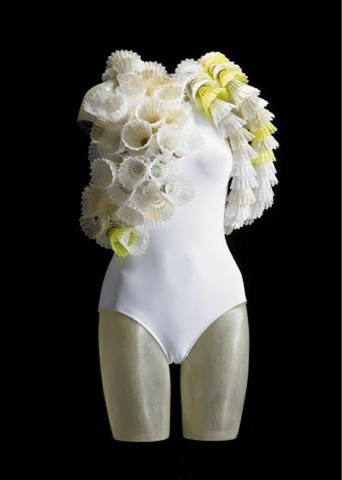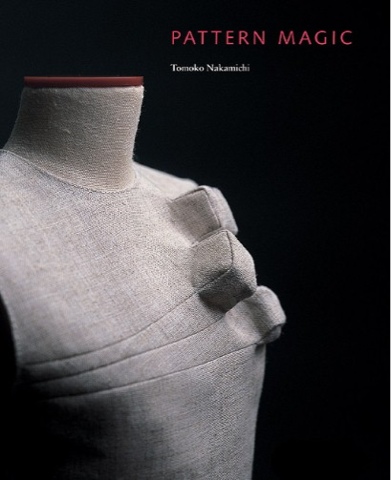Normally for a design project like this we would have to identify a specific market in which our clothes would be sold and appeal too, as our party dresses are going to a charity auction the customer base will be very vast.
However, as I enjoy the marketing side of things I have decided to treat this as if it was going to be made and sold in stores so in this post I will include a customer profile, for my own fun but what's the harm.
When making a garment it is so important to know who your customer is and what sort of market level you will be aiming to achieve. This is vital for the making of any garment or collection as it will be the basis for your fabric quality, trims and finishes, the use of lining, seams, and fastenings all of these things will be based on your market level as it will need to be the correct quality to match, you would never walk in to a couture boutique and see something made to a high street standard, couture costs more because of the fabrics and the time that will go into making the item.
If I were designing this dress for a consumer this is the market level I would base it on.
Customer profile:
Economic level: Middle class.
Physiological makeup: Fashion conscious, loves travel, eclectic taste, mobile lifestyle, university educated, art collector, loves bricolage.
Age: 25-35.
Sex: Female.
Income level: 40,000-50,000 salary.
Habits: marine based hobbies, opera, theatrical entertainment, visiting stately homes, loves concerts and museums.
Work: Editor of own fashion and entertainment magazine, incorporating the role of art editor occasionally.
Shop: High end stores, mainly in London places such as browns, John Lewis, Selfridges and boutiques in Knightsbridge.

















































